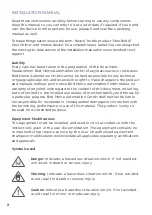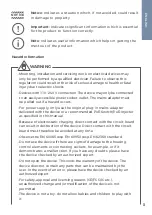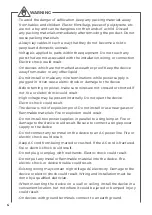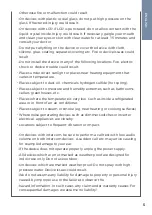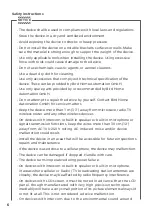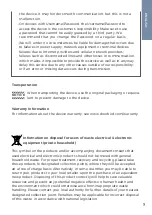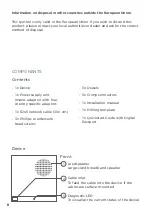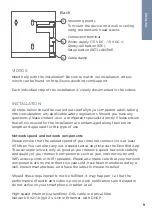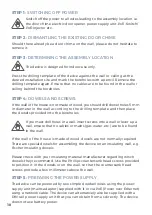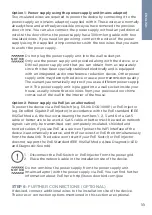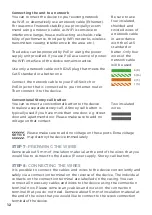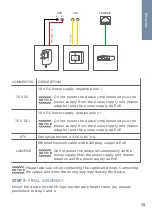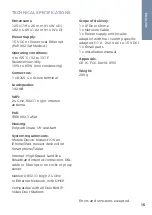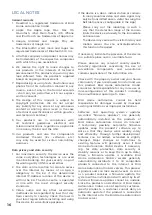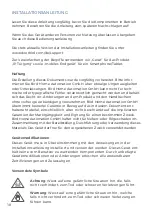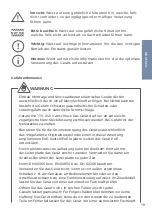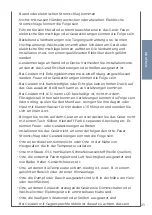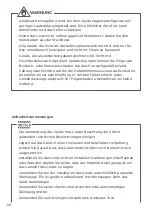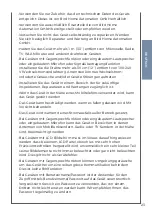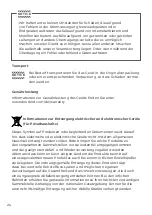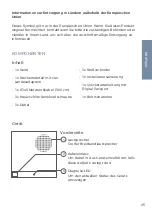
10
10
STEP 1: SWITCHING OFF POWER
Switch off the power to all wires leading to the assembly location, i.e.
the door chime, electric door opener, power supply unit, PoE-Switch/
PoE-Injector etc.
STEP 2: DISMANTLING THE EXISTING DOOR CHIME
Should there already be a door chime on the wall, please do not hesitate to
remove it.
STEP 3: DETERMINING THE ASSEMBLY LOCATION
The device is designed for indoor-use only.
Press the drilling template of the device against the wall or ceiling at the
desired installation site and mark the boreholes with a pencil. Remove the
drilling template again. Ensure that no cables are to be found in the wall or
ceiling behind the boreholes.
STEP 4: DOWELS AND SCREWS
If the wall of the house is not made of wood, you should drill dowel holes 5 mm
in diameter in the wall according to the drilling template and then place
the dowels provided into the boreholes.
If you must drill holes in a wall, insert screws into a wall or lever up a
wall, ensure that no cables or mains (gas, water, etc.) are to be found
in the wall.
If the wall of the house is made of wood, dowels are not normally required.
There are special dowels for assembling the device on an insulating wall, e.g.
Fischer insulating dowels.
Please check with your insulating material manufacturer regarding which
dowels they recommend. Use the Phillips countersunk head screws provided
to position it in the dowels or on the wall, so that the countersunk head
screws protrude a few millimeters above the wall.
STEP 5: PREPARING THE POWER SUPPLY
The device can be powered by two simple doorbell wires using the power-
supply unit (mains adaptor) supplied with it or via PoE (Power over Ethernet)
using a network cable. The device can alternatively also be supplied with a
DIN-rail power supply unit that you can obtain from us directly. The device
does not use battery power.
Summary of Contents for A1061 Series
Page 52: ...www doorbird com ...


